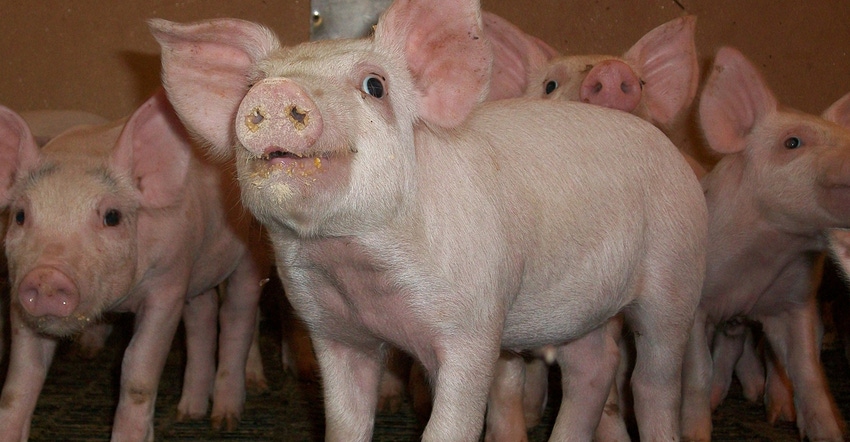August 8, 2017

By Wesley Lyons
When I was first being introduced to the swine industry six years ago, I barely scratched the surface on seeing how fast-paced the industry drove its own improvement.
Growing up on a purebred beef cattle farm, the idea of upgrading production practices was pretty foreign, aside from some attempts at lower-stress handling facilities. Our idea of genetic improvement was expanding our gene pool by importing frozen semen from the breed’s country of origin.
As I entered the swine industry, though, I was surprised at how quickly things changed. I felt sure that once I entered this fast-flowing current, I’d sink — or have to swim to keep up. In these six short years, I have watched production practices both come into and fall out of favor. I have seen new products show promise, only to fall short of expectation.

Dr. Wesley Lyons

Genetic improvement is key
One of the biggest successes, however, has been how we have used genetic improvement to drive our success as an industry. The U.S. swine industry has become the envy of the world with our genetics. On a pure pigs-per-sow-per-year basis, we are second only to Denmark. However, as a whole package (longevity, robustness, meat quality, etc.), we are surpassed by none. Our genetic improvement has been driven by several things: artificial insemination, relationship-based genomics, nucleus crossbred programs and future technologies.
The change from natural service boars to artificial insemination has been one of our biggest drivers of genetic success. The ability to take a superior boar and disseminate his genetics over a broader population means faster, better genetic turnover. The model that we use of purchasing from partner studs is an advancement in and of itself. We require strict biosecurity and health practices from these studs. We ensure that the semen we are receiving comes only from healthy boars that have tested negative for porcine reproductive and respiratory (PRRS) syndrome. The relationship of health and genetics cannot be overstated, so we make sure they always go hand in hand.
For the last few years, relationship-based genomic selection has been the name of the game for the genetics companies. I can’t claim to be an expert in this technology, but the basic premise is easy enough. The geneticists use computer models and statistics, combined with the actual DNA of the animals, to better predict how their offspring will perform. They also use this technology to help assign a “genetic index” to the animal. This number represents the animal’s potential; in general, the higher the number, the better the animal.
Another huge leap in improving not only the genetics, but also, more importantly, how the animals perform, has been in implementation of nucleus crossbred programs. One of my animal science professors always preached that outcome = genetics + environment. Genetic companies tend to operate in pristine health conditions. When health is high, even mediocre genetics will perform well. The nucleus crossbred programs puts animals that have performed exceptionally well in the nucleus (highest health) level down into the “slat level.” The farms in which they choose to implement these programs are generally low health (PRRS-positive and Myco(plasma)-positive). This insures that the outcome measured in performance in a less-than-ideal environment is still acceptable.
Technology from other industries
In an industry that keeps improving, it’s no surprise that we are adapting technologies from other industries as well. Gene editing is the newest craze for geneticists. Utilizing a technology called CRISPR (clustered regularly interspaced short palindromic repeats), minor deletions in the DNA can be created. These deletions can have a major impact on the resulting pig. We’ve only scratched the surface with this technology, but the possibility of a PRRS-resistant pig is a fast-approaching reality.
In short, we’ve come a long way from the days of farrowing seven to nine pigs per sow in outdoor huts. Our ability to improve has relied on many areas, including health, nutrition and genetics. Genetic improvement has come in several forms, including artificial insemination, relationship-based genomics, nucleus crossbred programs and CRISPR technology. At Pipestone, we will continue to marry these genetic improvements with health and nutrition as we strive to set the pace for the rest of the world.
Lyons is a veterinarian at Pipestone Veterinary Service. Contact him at [email protected].
You May Also Like




